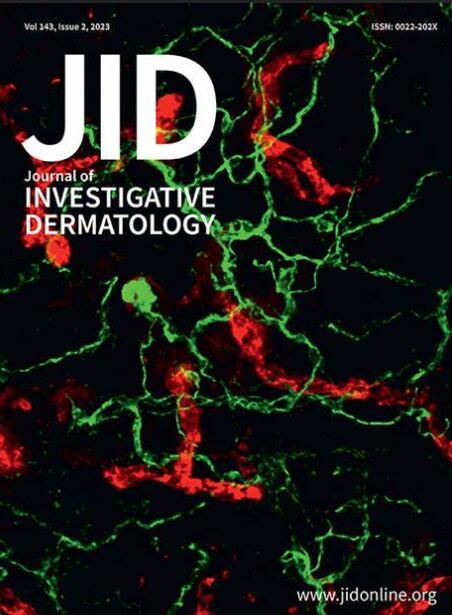Transforming Clinical Trials in Skin Cancer Research: Exploring the Potential of Flexible and Innovative Designs
IF 5.7
2区 医学
Q1 DERMATOLOGY
引用次数: 0
Abstract
Over the past 2 decades, innovations in trial design have significantly advanced the field of clinical research. Methodological developments, such as adaptive designs, basket trials, umbrella trials, and platform trials, along with technological advancements such as virtual studies have proven effective in tackling complex research questions and managing resource constraints. These approaches enable prospectively planned modifications to trial designs and facilitate addressing multiple research questions within a single infrastructure, with technological advancements such as virtual studies enhancing accessibility, efficiency, and patient engagement. These designs can also integrate biomarker information or risk-prediction scores to enhance the efficacy of future clinical trials, through a better selection of patients. Despite the appealing flexibility of these new approaches, their adoption varies across different therapeutic domains. We explored the translation and relevance of these innovative approaches in skin cancer research with a focus on melanoma. An overview of existing melanoma clinical trials that incorporate innovative features as well as other potential studies currently under consideration are discussed. This paper highlights the potential of innovative approaches to optimize melanoma trials under the constraints of limited patient and financial resources. The presented ideas can easily be extended to other nonmelanoma skin cancer trials.
转变皮肤癌研究的临床试验:探索灵活和创新设计的潜力
在过去的20年里,试验设计的创新极大地推进了临床研究领域。方法的发展,如适应性设计、篮子试验、伞式试验和平台试验,以及虚拟研究等技术进步,已被证明在解决复杂的研究问题和管理资源限制方面是有效的。这些方法可以对试验设计进行前瞻性的计划修改,并促进在单一基础设施内解决多个研究问题,虚拟研究等技术进步提高了可访问性、效率和患者参与度。这些设计还可以整合生物标志物信息或风险预测评分,通过更好地选择患者来提高未来临床试验的疗效。尽管这些新方法具有吸引人的灵活性,但它们的采用在不同的治疗领域有所不同。我们探索了这些创新方法在皮肤癌研究中的翻译和相关性,重点是黑色素瘤。概述现有的黑色素瘤临床试验,包括创新的特点,以及其他潜在的研究目前正在考虑讨论。本文强调了在有限的患者和财政资源约束下优化黑色素瘤试验的创新方法的潜力。提出的想法可以很容易地扩展到其他非黑色素瘤皮肤癌试验。
本文章由计算机程序翻译,如有差异,请以英文原文为准。
求助全文
约1分钟内获得全文
求助全文
来源期刊
CiteScore
8.70
自引率
4.60%
发文量
1610
审稿时长
2 months
期刊介绍:
Journal of Investigative Dermatology (JID) publishes reports describing original research on all aspects of cutaneous biology and skin disease. Topics include biochemistry, biophysics, carcinogenesis, cell regulation, clinical research, development, embryology, epidemiology and other population-based research, extracellular matrix, genetics, immunology, melanocyte biology, microbiology, molecular and cell biology, pathology, percutaneous absorption, pharmacology, photobiology, physiology, skin structure, and wound healing

 求助内容:
求助内容: 应助结果提醒方式:
应助结果提醒方式:


